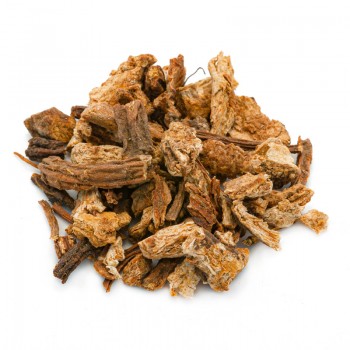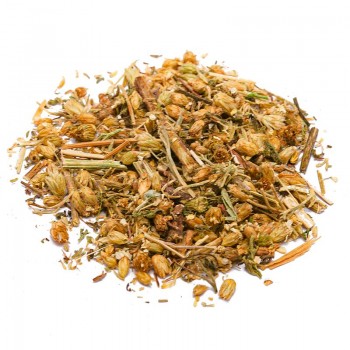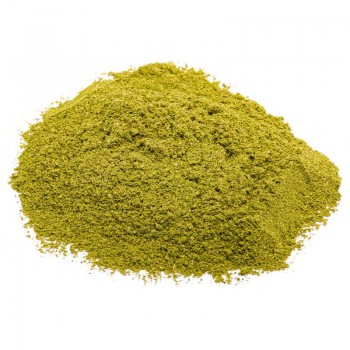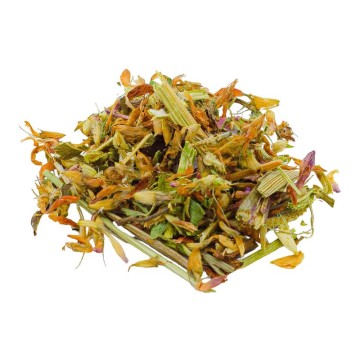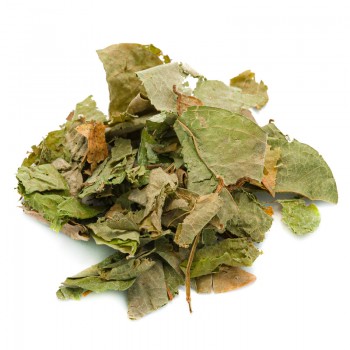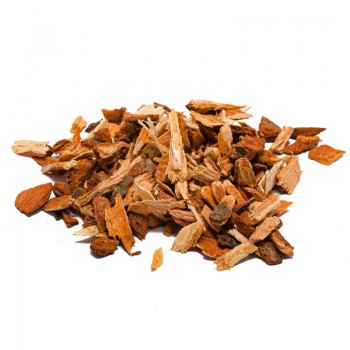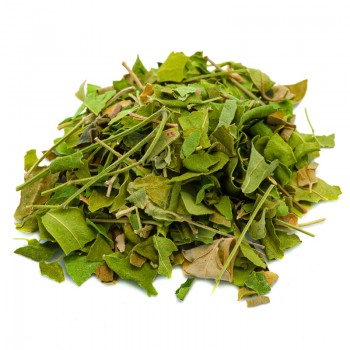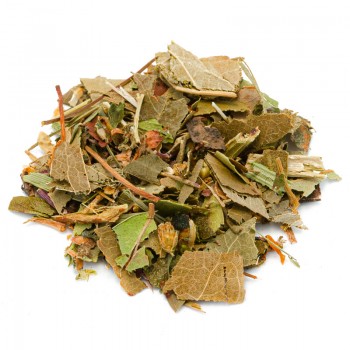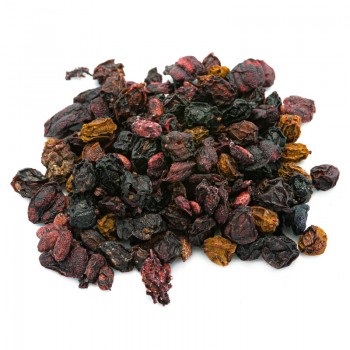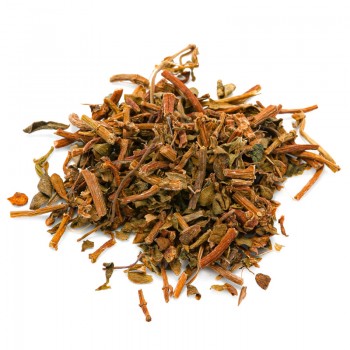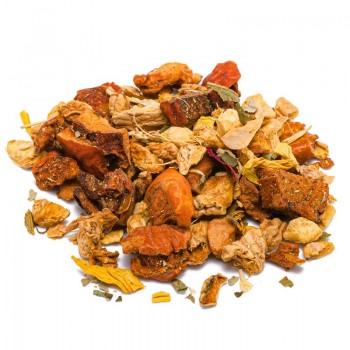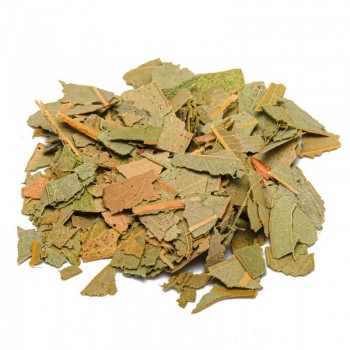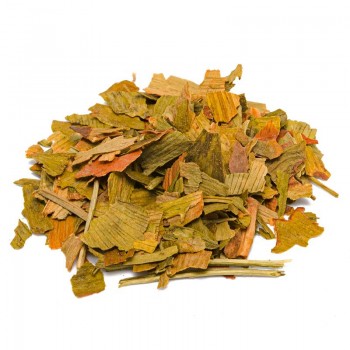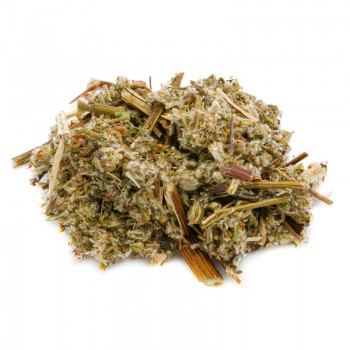Lapacho is a plant, also known as Pau D'Arco and with local names such as Taheebo and Ipe Roxo. Its bark has been used for centuries by native South Americans for its herbal skills and for the presence of precious minerals . Lapacho bark has been considered a natural antibiotic, and an antioxidant with properties that strengthen the body's natural defenses.
Orange and vanilla Lapacho bark: properties and benefits
The internal bark of Lapacho, in herbal tea or decoction, makes available compounds called naphthoquinones. In particular, it contains the elements lapachol and beta-lapachone, believed to be responsible for its benefits. The herbal tradition attributes to Lapacho antibacterial and antifungal properties; the exact mechanism of these actions is not yet known, but it is thought that the infusion or decoction of the cortex can block the processes that allow bacteria and fungi to produce oxygen and energy. Its elements could block the growth of some bacteria in the digestive system (beta-lapachone is studied for its action against a staphylococcus), helping to prevent ulcers and irritations.
Thanks to these capabilities, in herbal medicine it is Lapacho is recommended, to prevent the attack of bacteria and fungi in the body. In particular, it is considered historically valid for the well-being of the urinary tract .
The bark infusion is useful in case of candida and cystitis, and to soothe the symptoms of vaginal irritation through purification. In the prevention of inflammation it is believed that, in some cases, the cortex can prevent this natural response from the body. Chronic inflammation is linked to the appearance of various pathologies, which is why the substances that can moderate it are beneficial for our body. Taking Lapacho appears to inhibit the release into the body of substances that trigger the inflammatory response - inflammatory mediators such as prostaglandin and nitric oxide.
Lapacho can help soothe the symptoms of inflammatory conditions such as osteoarthritis, which causes swelling and stiffness in the joints. The infusion has a laxative effect, and the regular use of Lapacho maintains the correct balance of bowel movements. This purifying gift could inhibit the absorption of dietary fats - even if side effects of diarrhea are possible, so it is necessary to maintain the recommended infusion doses. At the mineral level, Lapacho contains iron, boron, copper and silver. Very useful substances for our body, especially for the production of red blood cells, which carry oxygen throughout the body. The infusion of the bark, in fact, was used by the South American natives as a tonic and immunostimulant, to give strength and energy to the body.
also ipê rosa or ipê roxo, lapacho rosa, lapacho negro, pau d'arc, and so on. As a plant, Lapacho is widespread throughout Central and South America, and represents the national tree of Paraguay.
It is quite large, it can grow up to about 30 meters in height, although it develops slowly. Flowering shows pink-purple flowers, which bloom before the new leaves appear. The outer bark is hard, difficult to flay and is gray-brown. The wood is yellowish, very hard, resistant to bad weather and the scorching sun. The orange tree is the Citrus sinensis belonging to the Rutaceae family. It seems to come from the East, as a hybrid between pomelo and mandarin. The fruits are sweet oranges, distinct from bitter oranges. Its zest gives this infusion an enveloping and sweet aroma, to balance the bark.
Nutritional values of Lapacho
In the infusion, the bark of lapacho gives precious substances and minerals essential to maintain health and vitality. Contains iron, magnesium, manganese, calcium, iodine, boron and barium . The active ingredients are naphthoquinones, mainly lapachol (derivative of vitamin K) and beta-lapachone . Anthraquinones constitute another important class of compounds present in the plant. Many of the properties of lapacho may be due to a probable synergy between the two compounds. Lapacho also contains antioxidant flavonoids such as quercetin and xyloidone.
How to use the ingredients in the herbal tea or decoction of Lapacho The ideal infusion is obtained by immersing in a cup (250 ml), about 3-5 grams of the blend of Lapacho orange and vanilla, with water at 100 ° C. Leave to infuse for 10 to 12 minutes, before drinking the anti-inflammatory herbal tea. For a good decoction of Lapacho bark: take a teaspoon of bark, add it to a cup of water, bring to a boil and let it go for about ten minutes. Then, remove from the heat and leave to infuse for another ten minutes. Filter and drink.
Lapacho: side effects and contraindications
In taking Lapacho's bark, some side effects may occur, especially if the recommended doses are not respected. These side effects include nausea, vomiting, diarrhea, risks of anemia. Since the properties of Lapacho can affect blood thinning, it should be avoided by those taking anticoagulant drugs or aspirin. This infusion is not recommended for children, pregnant and lactating women.
Origins and History of cultivation
The Lapacho tree was known for its medicinal properties to the South American natives of Brazil, Paraguay, Argentina, Bolivia and other countries. Native South American populations have used lapacho as a therapeutic plant for centuries, and in fact the infusion is also called the tea of the Incas. It is speculated that its use may also precede the Incas, and date back to millennia ago. It is an infusion that provides health benefits, made using the inner bark of the lapacho tree - the red or purple varieties. The natives used lapacho decoctions or infusions as a treatment for stomach ailments, skin, to treat inflammatory conditions, gastrointestinal problems, and urinary tract infections. Before the arrival of the Europeans, the bark was mainly used by the Guarani and Tupi-Nambo tribes (which they called the Lapacho tree Tajy); in the high Andes, by the Callawaya, Quechua, Aymara and other tribes (who called it Taheebo tree). The use of Lapacho was considered an immunostimulating and tonic remedy, and when it was called Tajy, it meant having strength and vigor; it was also called the divine tree. Lapacho wood is dense, resistant, hardly rot; for this it was used to create hunting bows. It is considered excellent for making beams or wooden structures outdoors.
Plant and flowers
The Lapacho tree, is the Handroanthus impetiginosus native to South America, and is part of the Bignoniaceae family. It has several names in various territories, both botanical and popular. At the botanical level, among the many synonyms are Tabebuia avellanedae, Tecoma avellanedae and Tabebuia impetiginosa - species native to the American tropical rainforests. At the level of spoken language, it is called a

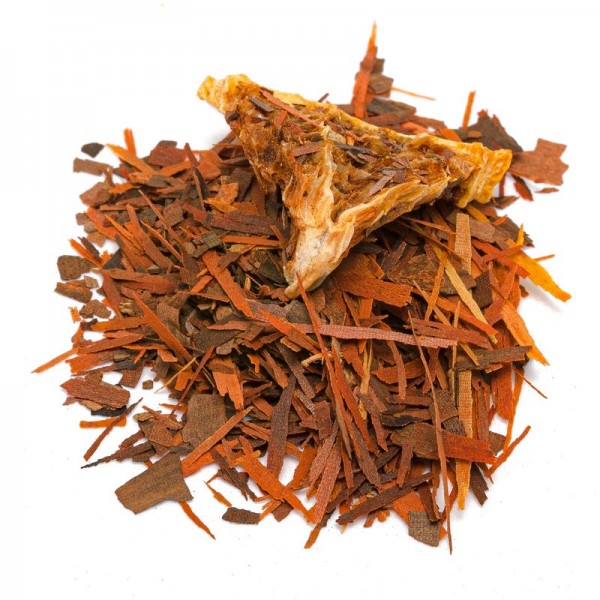









 No reward points for this product.
No reward points for this product.
